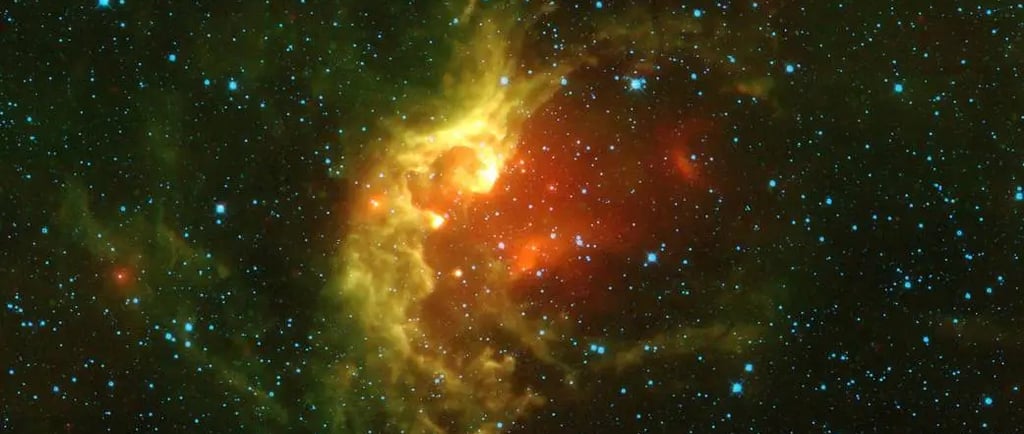The Wizard Nebula: NGC 7380 in Cepheus


Introduction to NGC 7380
NGC 7380, commonly referred to as the Wizard Nebula, is a captivating astronomical feature located in the constellation Cepheus. Situated approximately 7,000 light-years from Earth, this nebula presents a fascinating study of star formation within the Milky Way galaxy.
A Young Cluster of Stars
The stars within NGC 7380 have emerged from this vibrant star-forming region in the last five million years, signifying its status as a young cluster. The Wizard Nebula provides astronomers and astrophysicists with valuable insights into the processes that govern stellar birth and development. These stars are not only remarkable for their age but also for the diverse chemical compositions and structures that they exhibit, which contribute to our understanding of stellar evolution.
Significance of NGC 7380
The study of NGC 7380 holds significant importance for several reasons. First and foremost, it serves as an excellent laboratory for examining the dynamics of star formation. Within this nebula, researchers can observe the effects of stellar winds and radiation from young, massive stars on the surrounding interstellar medium. This process can trigger the formation of new stars, thereby sustaining the cycle of cosmic creation.
Additionally, NGC 7380 plays a crucial role in our comprehension of the broader principles of galactic evolution. By investigating the properties and life cycles of stars in this young cluster, astronomers can draw parallels to similar phenomena observed in other regions of the Milky Way and beyond. Monitoring changes over time, particularly through advances in technology and observational techniques, will further enhance our understanding of the universe's evolution.
Conclusion
In conclusion, NGC 7380, the Wizard Nebula, stands as a testament to the complex nature of star formation in our galaxy. Located in the constellation of Cepheus and approximately 7,000 light-years away, this young cluster offers a wealth of information about the lifecycle of stars. The ongoing study of this region not only enriches our knowledge of astrophysical processes but also inspires awe in the beauty and intricacies of the universe we inhabit.
